You countries of Oceaniaare known as brand new world. This is due to the fact that the continent was colonized after the colonization of the countries of America, known as the New World. The countries in question were inhabited by native peoples, and their colonization process began around 1770, with the arrival of the British on the continent.
Together, the countries of Oceania cover an area of 9,008,458 km2 and are home to around 40,117,432 inhabitants. There is a diversity of cultures, traditions and peoples in these countries. Several languages are spoken, such as Bislama, Castilian, Chamorro, among others.
readalso:Developed countries
How many are there and which countries in Oceania?
There are in Oceania 14 countries, or independent territories, and about 22 dependencies which are administered by countries that do not belong to the continent. The countries do not have a land border, being separated by bodies of water.
→ Independent countries of Oceania and their capitals
Australia - capital: Canberra
Federated States of Micronesia - capital: Palikir
Fiji - capital: Suva
Marshall Islands - capital: Majuro
Solomon Islands - capital: Honiara
Kiribati - capital: Southern Tarawa
Nauru - capital: Yaren
New Zealand - capital: Wellington
Palau - capital: Ngerulmund
Papua New Guinea - capital: Port Moresby
Samoa - capital: Apia
Tonga - capital: Nuku'alofa
Tuvalu - capital: Funafuti
Vanuatu - capital: Port Vila
Know more:Meet kiwi, a New Zealand bird that inspired the fruit's name!
Map of the countries of Oceania
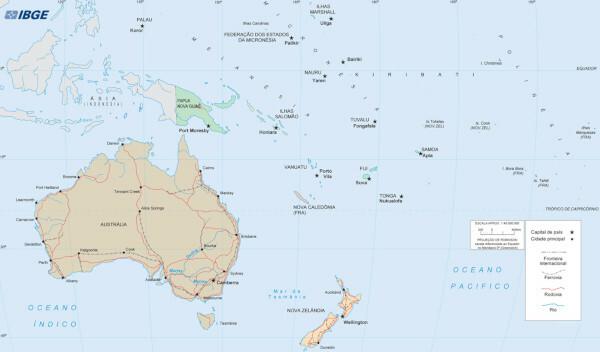
Regions of Oceania
Oceania is a continent with characteristics quite different from the others, formed by thousands of islands of different sizes, between the Pacific Ocean and Indian Ocean. It was then necessary to divide it into regions to facilitate the identification of each area. Thus, Oceania is divided into four regional portions:
Australasia |
Covers the territories of Australia, New Zealand, New Guinea and smaller islands. |
Melanesia |
Covers the territories of Moluccas, New Guinea, Solomon Islands, Vanuatu, New Caledonia and Fiji |
Micronesia |
It covers the territories of Marshall Islands, Kiribati, Palau, the States of Micronesia and Nauru. |
Polynesia |
It covers the territories of islands located in the south of the Pacific Ocean and the areas of the countries Samoa, Tonga and Tuvalu. |
readmore:Regions of Brazil
Everything about the countries of Oceania and their flags

Australia
Gentile: Australian
English language
Area: 7,692,024 km2
Population: 25,080,200 inhabitants
Gross Domestic Product: US$ 1.313 trillion
Human development Index: 0,939
General Aspects: It lies above the Indo-Australian plate and is bordered by the Pacific Ocean and the Indian Ocean. It is the largest country in Oceania.
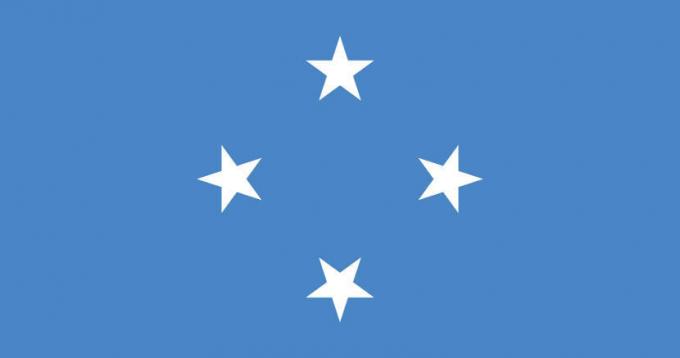
Federated States of Micronesia
Gentile: Micronesian
English language
Area: 702 km2
Population: 107,862 inhabitants
Gross Domestic Product: US$ 627 million
Human Development Index: 0.627
General aspects: Nation made up of 607 islands located in the Pacific Ocean. The main four are: Chuuk, Kosrae, Yap, Pohnpei.

fiji
Gentile: Fijian
Language: English, Fijian and Fijian Hindi
Area: 18,274 km2
Population: 905,354 inhabitants
Gross Domestic Product: US$5.447 billion
Human Development Index: 0.741
General aspects: Island nation consisting of 332 islands located in the Pacific Ocean. The main ones are: Viti Levu and Vanua Levu.
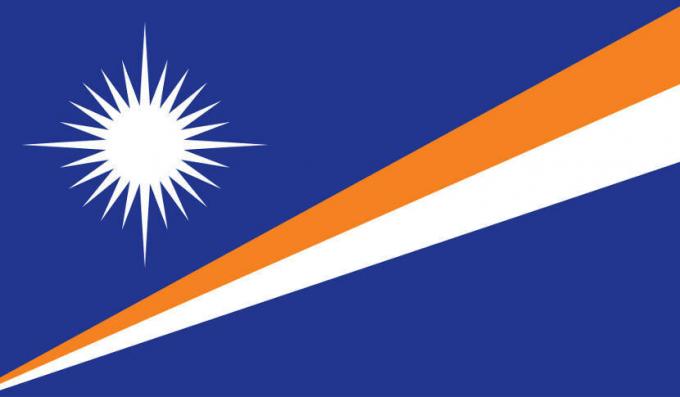
Marshall Islands
Gentile: Marshallino or Marshallese
Language: Marshallese and English
Area: 181.4 km2
Population: 53,127 inhabitants
Gross Domestic Product: $115 million
Human Development Index: 0.708
General aspects: The nation is located in Micronesia, and despite being independent, the island's defense is guaranteed by the United States. The Marshall Islands are made up of 29 atolls (ring-shaped oceanic islands) and five islands.
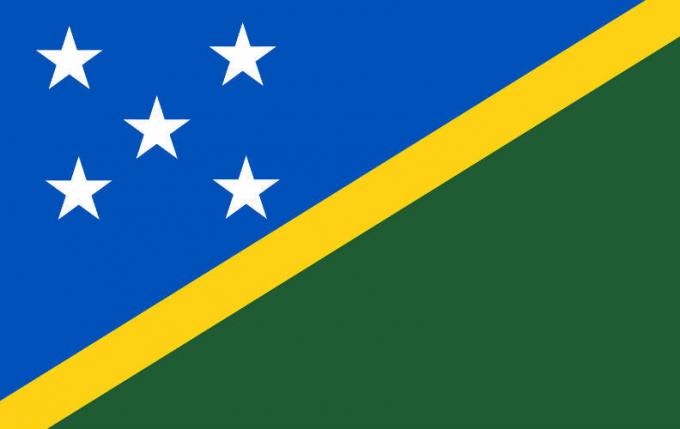
Solomon Islands
Gentile: Solomonic or Solomonic
English language
Area: 28,450 km2
Population: 599,419
Gross Domestic Product: US$1.725 billion
Human Development Index: 0.546
General aspects: The nation is located in the Pacific Ocean and consists of islands such as Choiseul, Shortland Islands, New Georgia Islands, Santa Isabel, among several others.

Kiribati
Gentile: Kiribatian
Language: English and Gilbertese
Area: 811 km2
Population: 110,136 inhabitants
Gross Domestic Product: US$165.6 million
Human Development Index: 0.612
General aspects: The nation is made up of 33 islands located in the Pacific Ocean. It is one of the smallest countries in the world.
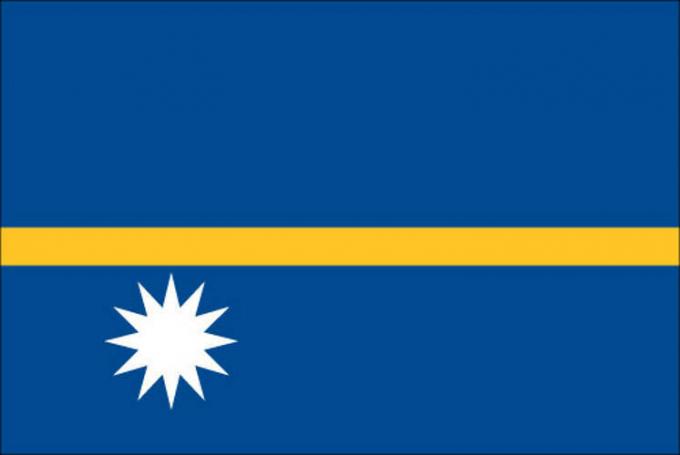
Nauru
Gentile: Nauruan
English language
Area: 21 km2
Population: 11,200 inhabitants
Gross Domestic Product: US$ 160 million
Human Development Index: 0.652
General aspects: The smallest island country in the world, Nauru is surrounded by an exposed reef in the Pacific Ocean.

New Zealand
Gentile: New Zealand
Language: English and Maori
Area: 268,680 km2
Population: 4,908,420 inhabitants
Gross Domestic Product: US$198.2 billion
Human Development Index: 0.917
General aspects: The country is geographically isolated, being 2,000 km away from Australia. New Zealand is considered one of the most developed countries in the world.
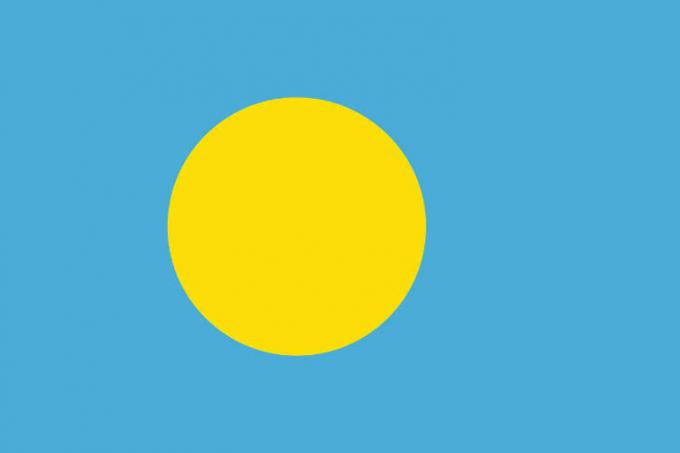
palau
Gentile: Palauan or Palauan
Language: English, Palauan and Manuel
Area: 459 km2
Population: 20,842 inhabitants
Gross Domestic Product: US$ 157.7 million
Human Development Index: 0.798
General aspects: Palau is located in the region of Micronesia, being a nation consisting of eight main islands and about 250 smaller islands.
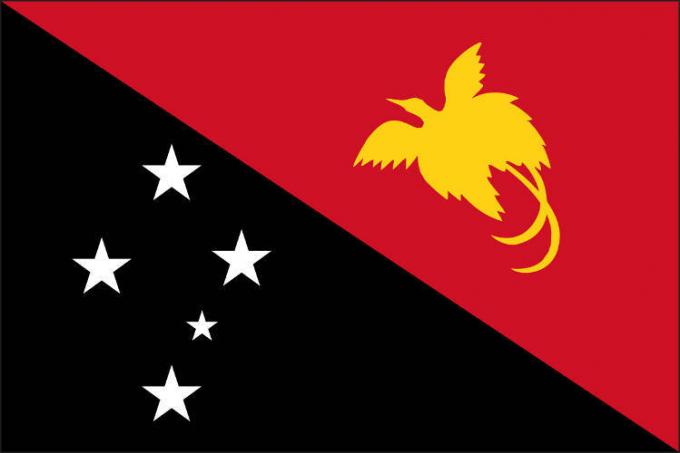
Papua New Guinea
Gentile: Papuan
Language: English, Hiri Motu and Tok Pisin
Area: 462,840 km2
Population: 6,187,591 inhabitants
Gross Domestic Product: US$ 18.45 million
Human Development Index: 0.544
General aspects: Papua New Guinea is located in Melanesia and is considered one of the most culturally diverse nations. About 848 languages are spoken in the country.
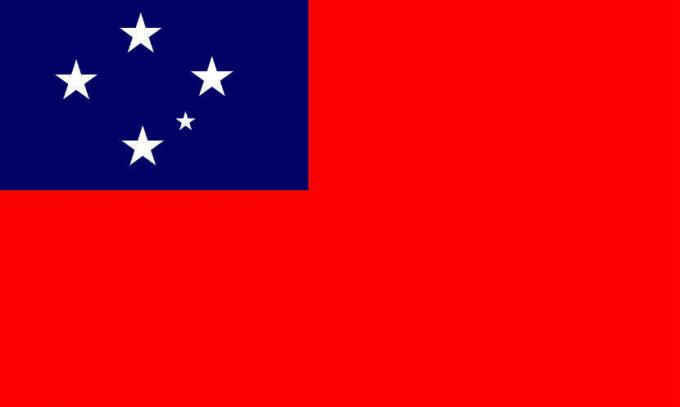
Samoa
Gentile: Samoan
Language: English and Samoan
Area: 2,831 km2
Population: 176,287 inhabitants
Gross Domestic Product: US$ 1,218 million
Human Development Index: 0.713
General aspects: The country is located in the Polynesian region and consists of two islands, Upolu and Savai'i, and eight smaller islands.
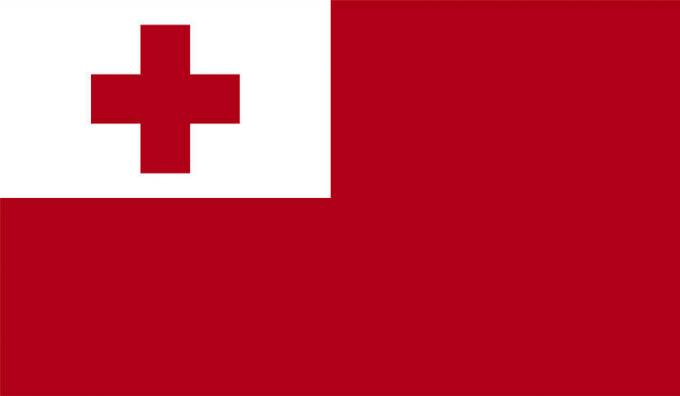
tonga
Gentile: Tongan or Tonga
Language: English and Tongan
Area: 747 km2
Population: 106,322 inhabitants
Gross Domestic Product: US$801.7 million
Human Development Index: 0.726
General aspects: Tonga is a country located in the Polynesian region consisting of 117 islands. It comprises a location of intense volcanic activity.

Tuvalu
Gentile: Tuvaluan
Language: English and Tuvaluan
Area: 26 km2
Population: 12,273 inhabitants
Gross Domestic Product: US$ 14.94 million
Human Development Index: 0.590
General Aspects: Tuvalu is located south of the Oceania continent and consists of nine islands.

Vanuatu
Gentile: Vanuatuense
Language: Bislama, English and French
Area: 12,189 km2
Population: 208,754 inhabitants
Gross Domestic Product: US$739 million
Human Development Index: 0.603
General aspects: Nation located in the Melanesia region, consisting of 83 smaller islands. It is a region of intense volcanic activity.


